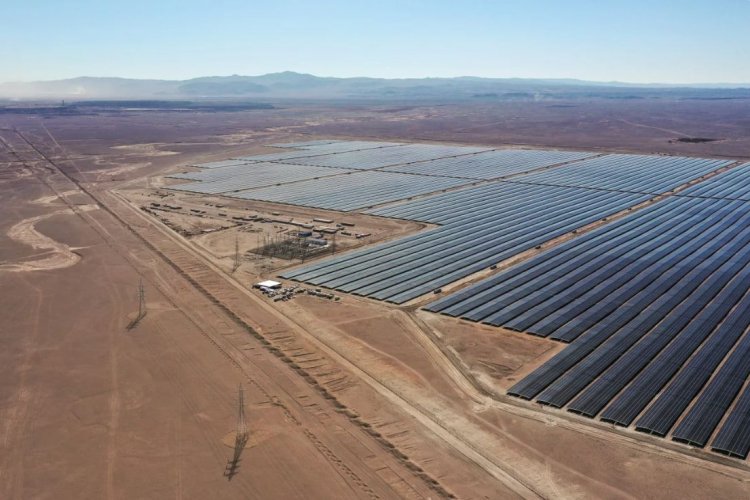Green energy surpassed coal for the first time in the first half of 2025. Experts call this a possible marker of the start of a new energy era. However, among the reasons for the exponential increase in solar and wind power capacity are not only concern for the environment, but also the issue of cheap energy for a world that consumes more and more of it.
According to CNN, the growth of renewable energy will continue as equipment for wind and solar power plants, along with batteries, becomes more affordable and easier to install. Fossil fuels are losing out in this regard.
Citing a report by the International Energy Agency, CNN reports a potential increase in total renewable energy capacity of 4,600 GW over the next five years. However, it is still too early to say that the world is guaranteed to switch to green energy.
Energy superpower and leadership of other global players
China is the undisputed leader in the development of renewable energy, while remaining the leader in polluting the planet. The total capacity of wind and solar power plants installed in 2024 alone is greater than the capacity of all green energy in the United States. The PRC is not stopping there—power plants with a total capacity of another 500 GW are currently being built in the country.
In the US, green energy is suffering from Donald Trump's anti-environmental policies. However, the country is still experiencing a boom in the installation of renewable energy sources, which predominate in the construction of new capacity. However, this is due to tax breaks introduced by the Biden administration. Local companies are probably concerned that these will come to an end.
The EU aims to have clean energy account for 43% of its energy system. India is also setting its own records in the development of renewable energy.

Infographic: CNN
Unexpected advocates of renewable energy
Experts are observing exponential growth in the use of solar and wind energy among countries in the Global South. They need energy – quickly and cheaply. So Chinese wind turbines and solar panels come in handy.
The leap is enormous. CNN cites several examples from such countries. In Nepal, the share of electric cars has grown from almost 0 to 76% in just a few years. This country also relies on clean energy, making full use of hydropower.
In some countries, the share of solar energy is growing so rapidly that it is becoming the main source of energy not in decades, but in years. Among them, the media mentions Greece, Hungary, Chile, and Pakistan. The latter has undergone a real "solar revolution" – in six years, the share of solar energy has grown from 0 to 30%.
Fossil fuels are not going away
The rapid boom in the use of renewable energy sources does not mean that countries are abandoning fossil fuels. In some cases, it is simply a matter of additional energy, as consumption levels are rising. In China, which is the leader in clean energy capacity, coal production reached a ten-year high last year.
Fossil fuels are becoming a priority energy source in the US. India also uses them. Even in the EU, there has been a slight increase in the production of such fuels this year, as droughts have reduced the capacity of hydropower.
Price as a Success Factor
Solar and wind energy have a greater chance of development in countries without established fossil fuel power grids. Nowadays, renewable energy is the cheaper option, which plays a key role for developing countries.
“Developing countries may be poised to outpace the world’s largest economies in renewable energy, ushering in a new era of clean energy,” said Vitros-Motyka from the climate analytics center Ember.
Previously, EcoPolitic reported that China had built the world’s largest solar power plant.





